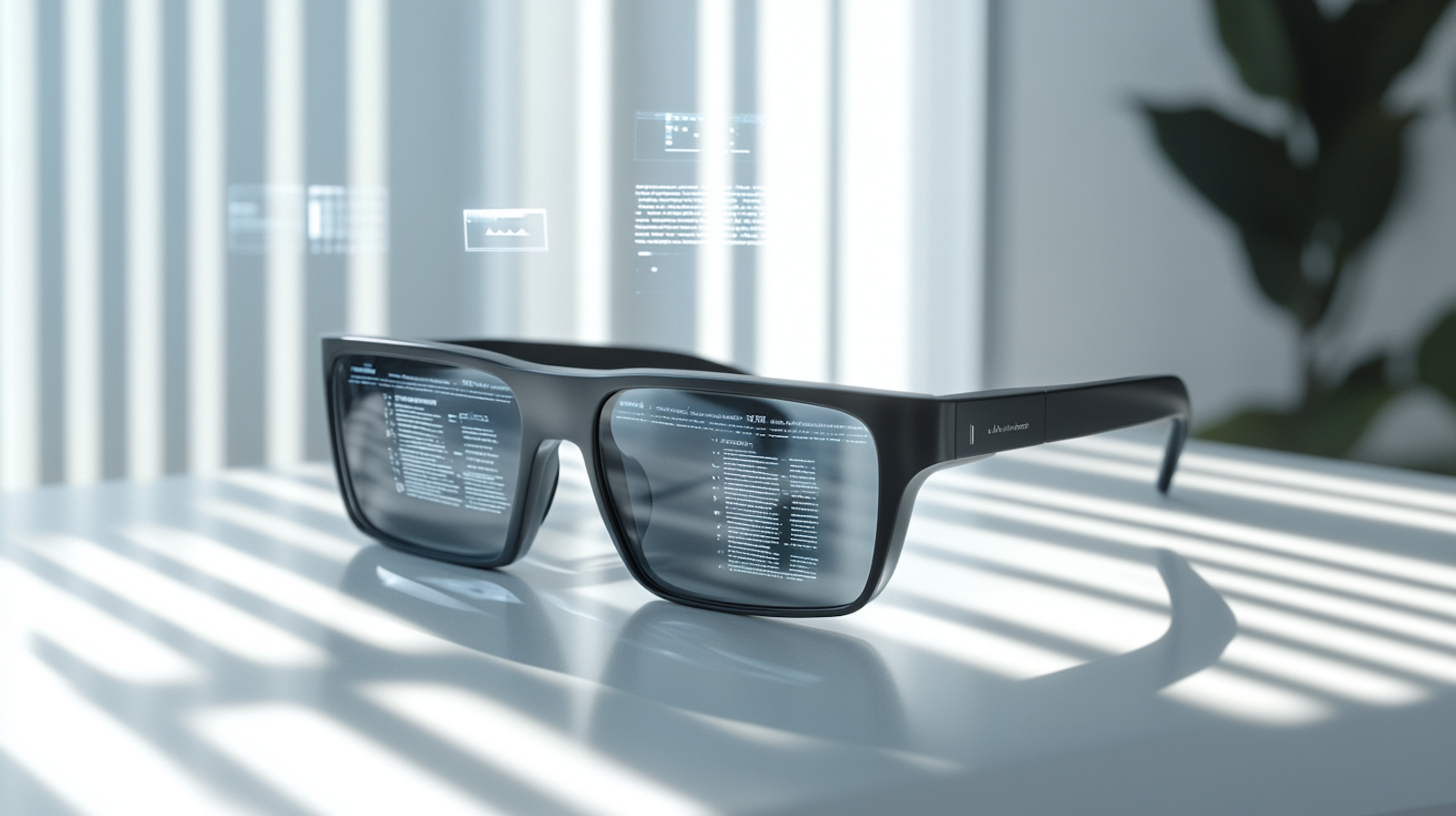

Imagine walking onto a site for a large-scale building inspection, wearing sleek augmented reality (AR) glasses that seamlessly integrate with AI. Instead of juggling a clipboard, tablet, or camera, you speak your observations aloud, and the glasses do the rest—recording your voice, interpreting the context, capturing images, and displaying critical information directly in your line of sight.
This isn’t a scene from a sci-fi movie. It’s the future of inspection workflows, made possible by the rapid advancement of AR technology and AI tools like large language models (LLMs), voice-to-text, and AI-driven agents. Let’s explore how these tools are revolutionizing inspections and why AR glasses could become an indispensable part of the inspector’s toolkit.
Current inspection workflows, while advanced in some ways, still rely heavily on manual data entry, fragmented tools, and post-inspection report generation. Inspectors often switch between devices, interrupting their flow and risking overlooked details. With traditional methods, capturing large datasets for comprehensive reports can feel like trying to assemble a jigsaw puzzle with mismatched pieces.
The consequences? Inefficiencies, inaccuracies, and, most importantly, lost time—time that could be better spent ensuring safety and compliance.
AR glasses are poised to solve these challenges by creating a hands-free, immersive inspection experience. Here’s how they work:
AR glasses, equipped with high-definition cameras and microphones, record your surroundings and voice commands as you move through the site. Observations, such as "corrosion on the northwest beam" or "cracks extending 3 meters," are transcribed instantly into structured data.
Imagine looking at a building façade and seeing its structural details, maintenance history, or inspection checklist projected onto your glasses. This real-time, on-lens display keeps your hands free and your focus sharp, eliminating the constant back-and-forth between forms and the structure itself.
AI agents embedded in the system act as virtual assistants. They process your voice input in real time, ask clarifying questions, and flag missing data. For example:
"You mentioned corrosion—can you confirm the extent or location?"
This ensures no critical information slips through the cracks, even during fast-paced inspections.
AR glasses alone are impressive, but their true power lies in integration with cutting-edge AI technologies:
Let’s envision an inspection project utilizing AR glasses and AI:
A major property developer commissions a comprehensive condition assessment of a 30-story commercial building. The inspection team, equipped with AR glasses and an AI-powered inspection platform, begins their work.
"The cracks on level 12 exceed 2 meters—consider measuring the depth to evaluate severity."
This approach slashes inspection time by 50% and eliminates post-inspection reporting hours. By using AR glasses, the team enhances focus, ensuring safety and thoroughness throughout the process.
Improved Efficiency:
Real-time data processing and report generation significantly reduce time on-site.
Enhanced Accuracy:
AI agents minimize human error by prompting for clarifications and validating observations.
Safety First:
Hands-free operation keeps inspectors focused on their surroundings, reducing distractions and accidents.
Future-Proof Integration:
As AI models improve, AR glasses can adapt, offering more sophisticated insights and capabilities.
While promising, AR glasses and AI technologies are not without challenges. Current AR glasses have limitations, such as battery life and processing power. Integration with legacy systems also requires careful planning to ensure compatibility. Lastly, user adoption may take time, as professionals adjust to this new way of working.
The combination of AR glasses and AI is just the beginning. Future iterations will incorporate even more advanced features, such as:
As these technologies evolve, they will redefine how inspections are performed, shifting the focus from manual tasks to strategic decision-making.
AR glasses and AI represent a groundbreaking leap forward for inspection workflows. By combining real-time data capture, on-lens information, and AI assistance, they offer a glimpse into a future where inspections are faster, safer, and more accurate than ever before.
As the industry begins to embrace these innovations, one thing is clear: the days of juggling clipboards and cameras are numbered. The future of inspections is here, and it’s hands-free.
If you’re ready to explore how AR glasses and AI can elevate your inspection process, stay tuned for updates or join the waitlist to learn more about VoiceInspect.ai’s upcoming features.
We use cookies to improve user experience. Choose what cookie categories you allow us to use. You can read more about our Cookie Policy by clicking on Cookie Policy below.
These cookies enable strictly necessary cookies for security, language support and verification of identity. These cookies can’t be disabled.
These cookies collect data to remember choices users make to improve and give a better user experience. Disabling can cause some parts of the site to not work properly.
These cookies help us to understand how visitors interact with our website, help us measure and analyze traffic to improve our service.
These cookies help us to better deliver marketing content and customized ads.